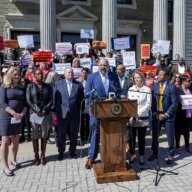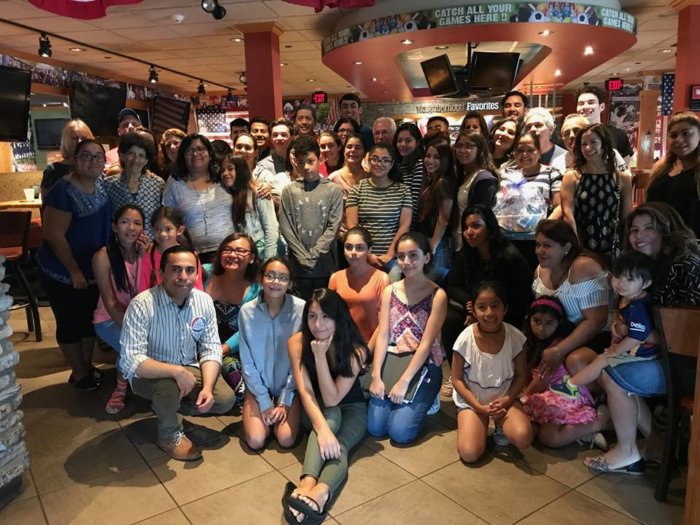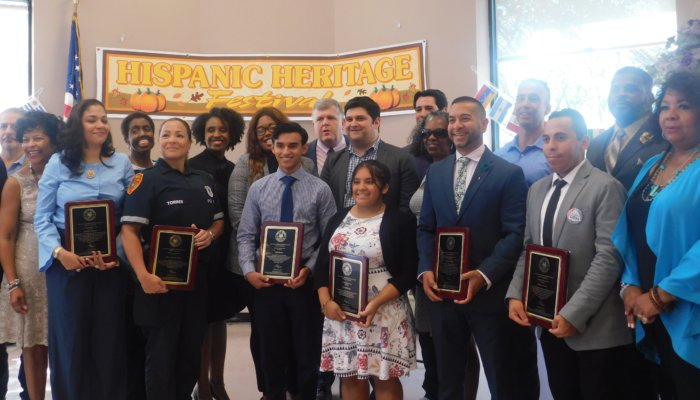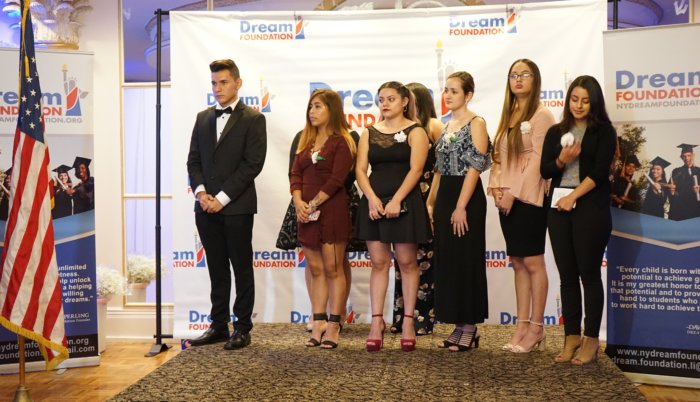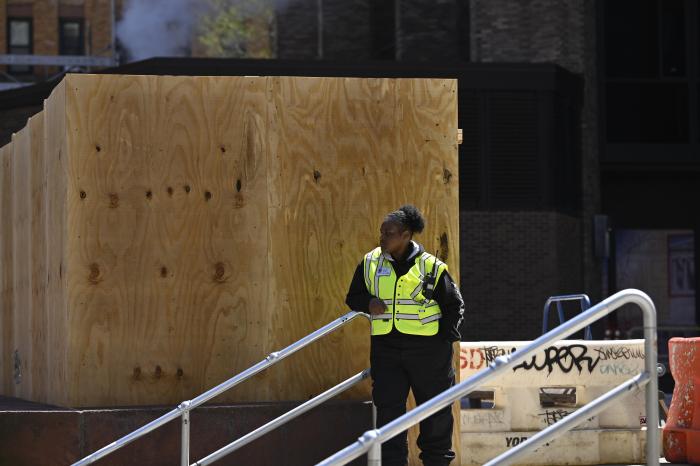By: Dafny J. Irizarry
President – Long Island Latino Teachers Association (LILTA)
Oh, sorry, many of you might need me to translate this from my native Spanish. It’s the reverse for thousands of Long Island kids, who not only have a legal right to be in school but to receive an education as sound as those who’ve spoken English their entire life. So here is what I said:
Latino children´s education is at risk!
It is well known that our communities of color endured the most devastating health and economic and, yes, educational impacts of the Covid-19 pandemic. This shouldn’t be a surprise as the school districts in these communities struggle even in the best of times.
Unfortunately, based on re-opening plans prepared by districts for review in Albany, many local districts might still be unprepared to close the digital, language and other divides that punish so many poor children. If schools are forced to close again due to a resurgence of the virus or even participate in the hybrid instructional model, these students will be in the gravest of danger of falling further behind.
Educationally, while no student is more important than any other, it’s clear that Latino kids and their families faced – and still face — special burdens. Only some low-wealth districts were able to provide computers to students, either through their own budgets or donations, but the lack of digital devices is only one, and perhaps not the biggest, of their obstacles for Latino families to engage in the school experience.
Even if they are fortunate enough to receive a computer through LILTA and other donors, they might not be able to afford internet access, and/or possess the necessary language and computer literacy skills.
I know teachers and educators who, in the midst of the pandemic, personally went to students’ homes to help them and their parents access the internet and online learning platforms.
Even once they achieved digital access, many Latino students did not have video conferencing instruction by teachers for over three months. The consequences of this divide will widen an already yawning achievement gap experienced by Latino students especially the increasingly number of English language learners (Ells).
Then there are thousands of “unaccompanied minors” who are living with relatives who might not be able to help their children with school work as would an English speaking college-educated parent.
Some may have immigration issues that cause them to shy away from advocating or even seeking help for their children.
However, the majority of Latino parents are well-educated and “documented” but, unlike a lot of people living in more prosperous neighborhoods, many are essential workers who don’t have the luxury of staying safely – and attentively – at home.
We don’t have to perpetuate the problems for Latino children and their families that are almost guaranteed by the lack of Latinos at the helm of school districts or “at the table” – where planning and spending decisions are made.
Out of 124 school districts on Long Island only one superintendent is Latino -after the loss of Riverhead’s Aurelia Hernandez for “irreconciliable differences” with the school board.
Even that distinction is in danger, as the heavily Latino Westbury District is considering a national search for a “legitimate superintendent” – a disrespectful description of Superintendent Eudhes Budhai who has a long list of
achievements and massive community support.
The lack of sensitivity and advocacy for Latinos is virtually assured when, according to a Hofstra University study, almost half the school buildings don’t have a single Latino teacher. What outcomes can we expect in a region where 45 percent of the students and nearly 40 percent of the population is non-white but only 8 percent of the teachers are minority. Latino children not only lack advocates but role models to affirm their identities and fire their aspirations.
To give Latino students a chance to succeed for themselves and their communities, a broad coalition must come together to fight for their needs:
• Latino advocacy groups -civic, business, religious and others- should use their clout to redress educational imbalances that impede the development of a strong well-educated Latino workforce that directly benefits them.
• Elected officials, the Regents, and the state education department should use their power to demand and monitor
that districts create effective plans for underserved student populations. The state also must provide the funding so
underserved districts don’t have to rely on donations for learning tools and other resources.
• Teachers unions must use their influence as the most powerful labor organizations in education and politics to
support the needs of Latino children, including increasing teacher diversity in the region and within their locals.
• School boards, which set the districts vision and goals, must create policies to protect Latino students from the digital divide and demand administrators carry out plans that attend their educational needs including appropriate family engagement.
In a time where racial and social justice issues are alive in the streets, I can’t be apologetic for demanding essential tools to protect and prepare children for life in a digital age; or for more Latino teachers and administrators hirings to promote culturally responsive curriculum. Not only are thousands of children at risk, but the future of Long Island is counting on their success.













